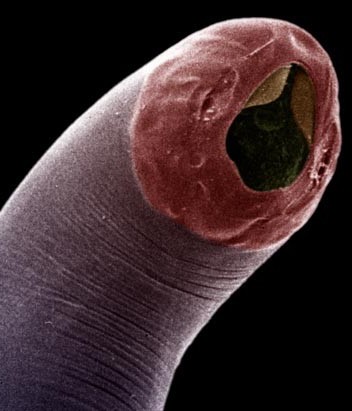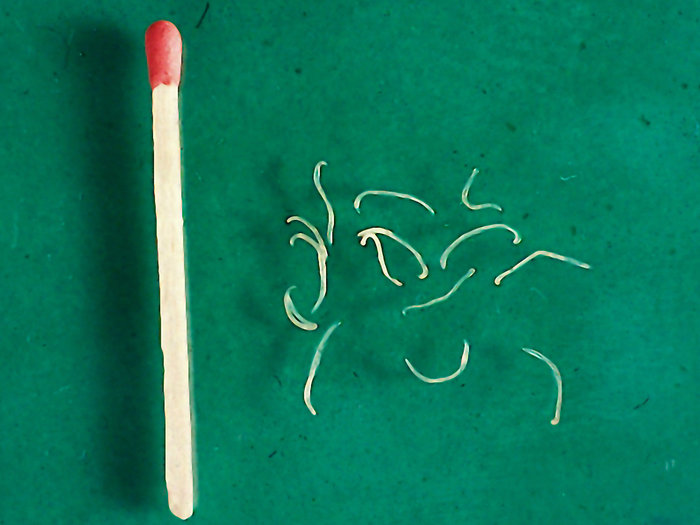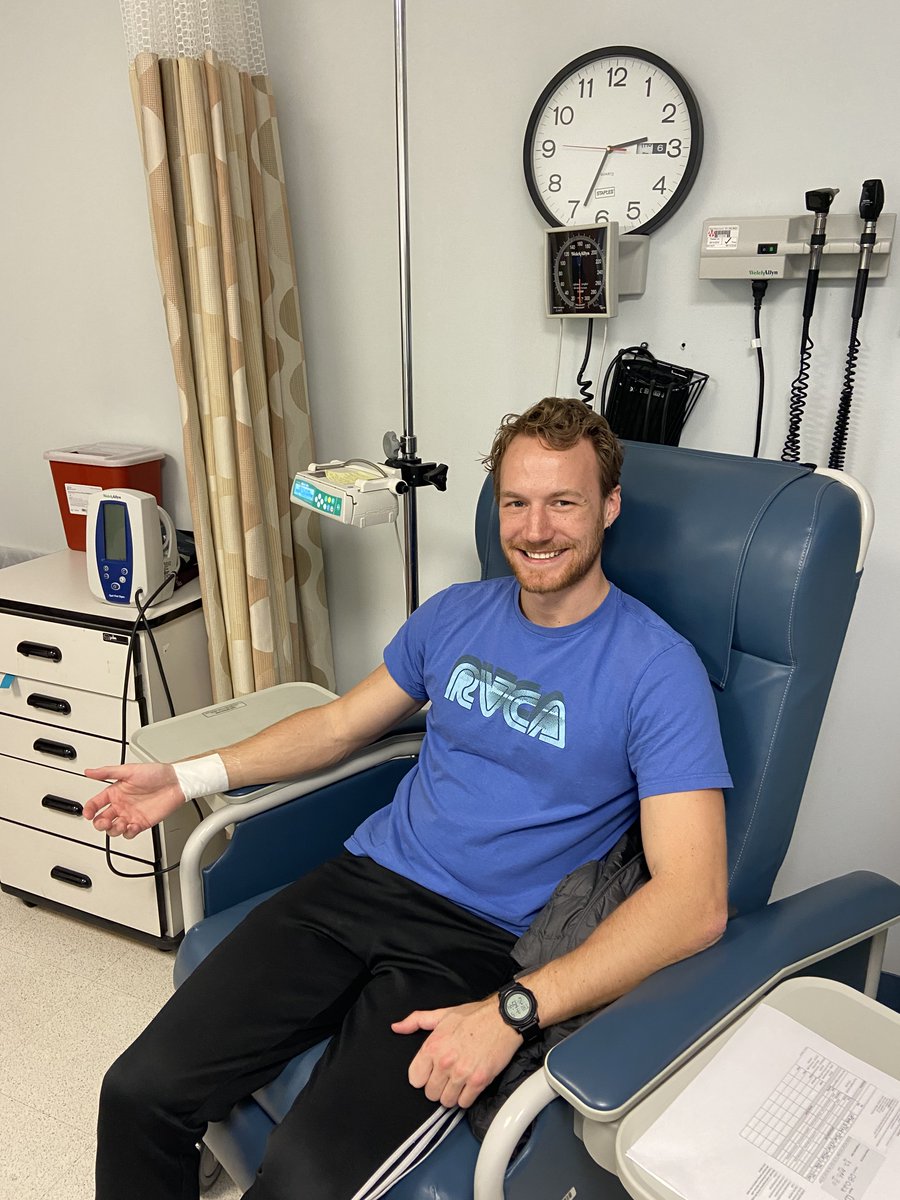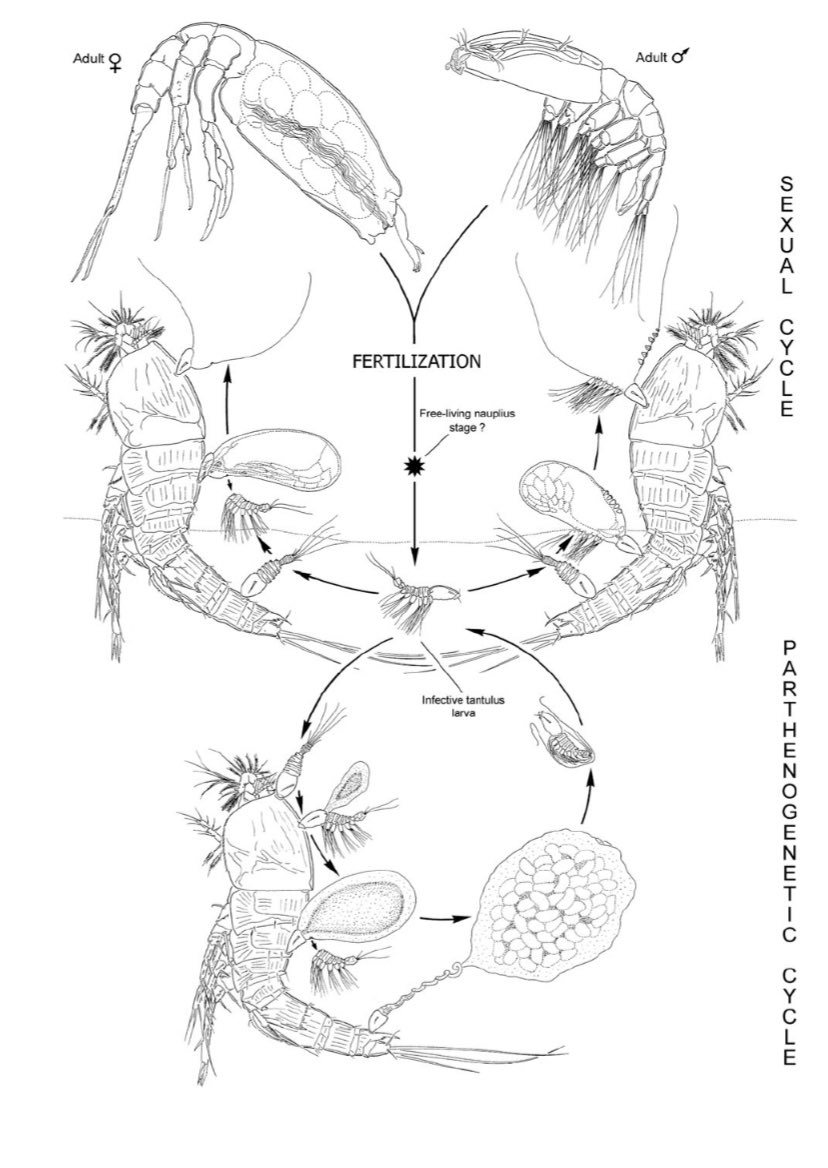
WHY STUDY #PARASITES?👇Imagine if your whole world was another animal 🤯 Follow me to learn more about these fascinating creatures 🤓
For more great #parasite content, check out some of my favorite parasitologists on Twitter:
@KellySpeer
@parasiteecology
@FuSchmu
@ParasiteGal
@The_Episiarch
and the American Society of Parasitologists: @AmSocParasit
@KellySpeer
@parasiteecology
@FuSchmu
@ParasiteGal
@The_Episiarch
and the American Society of Parasitologists: @AmSocParasit
And @WCPreisser too! Im sure I missed others. Creating a list of Parasite Peeps now. Suggestions welcome
And
@je_light
@KayceCBell
@kait_a_gallaghr
Follow my list Parasite Peeps where I’m trying to do a better job of organizing parasitologists active on Twitter (now that I carelessly opened my mouth big enough to put my foot in it 😅)
@je_light
@KayceCBell
@kait_a_gallaghr
Follow my list Parasite Peeps where I’m trying to do a better job of organizing parasitologists active on Twitter (now that I carelessly opened my mouth big enough to put my foot in it 😅)
• • •
Missing some Tweet in this thread? You can try to
force a refresh










